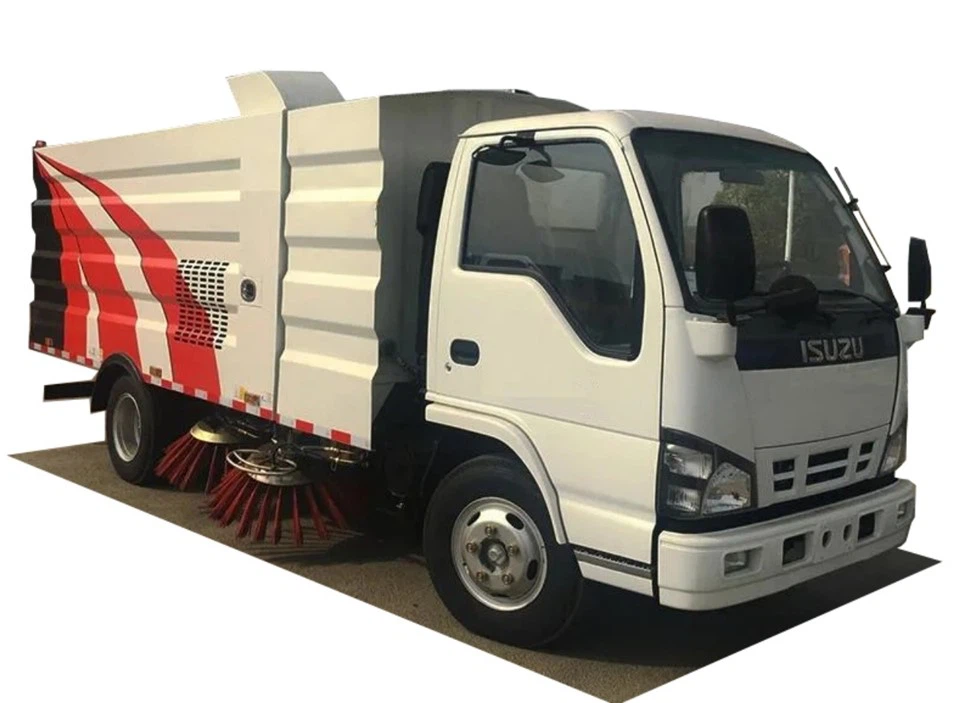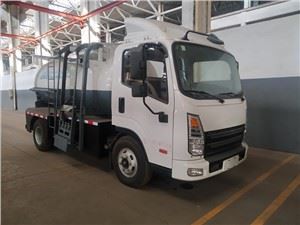Understanding 5 Tons: A Comprehensive Guide

Introduction
The term “5 tons” is often mentioned in various industries, from construction to transportation. Understanding what this weight measurement entails is crucial for several sectors, including logistics, manufacturing, and even personal projects. In this article, we will explore the concept of 5 tons in detail, providing insights into its conversions, practical applications, and the impact it has across various fields. Whether you’re a business owner, contractor, or simply curious about weight measurements, this guide will help you navigate the world of “5 tons.” Let’s dive in!
What Does 5 Tons Mean?
Tons are a unit of weight measurement commonly used in the United States and around the world. A ton is equivalent to 2,000 pounds in the U.S. customary system, while in the metric system, a ton, or tonne, equals 1,000 kilograms. Therefore, 5 tons translates to:
- 5 tons (U.S.) = 10,000 pounds
- 5 tons (metric) = 5,000 kilograms
The Different Types of Tons
1. Short Ton
The most common ton in the United States is the short ton, which equals 2,000 pounds. It is widely used in industries, particularly construction and shipping.
2. Long Ton
The long ton, primarily used in the UK, equals 2,240 pounds. Understanding this difference is essential when converting weights and measurements internationally.

3. Metric Ton
The metric ton, or tonne, is used in most countries worldwide and equals 1,000 kilograms or approximately 2,204.6 pounds. It is the standard unit of weight in the international system (SI).
Applications of 5 Tons in Various Industries

1. Construction and Heavy Equipment
In the construction industry, heavy machinery is often measured in tons. A bulldozer, for instance, could weigh around 5 tons, making it vital to understand its weight when transporting or operating it.
Practical Example:
If you are transporting a 5-ton bulldozer, ensure your trailer can handle at least that weight, taking into account the weight of the trailer itself.
2. Shipping and Transportation
Shipping companies regularly deal with weight measurements to ensure compliance with legal and safety standards. A container that weighs 5 tons might hold several items or products, affecting shipping rates.
Practical Tip:
When shipping goods, always weigh your cargo before transport to ensure it meets the carrier’s weight limits. Use weight calculators available online to estimate costs based on weight.
3. Agriculture
In agriculture, the weight of harvested crops is often measured in tons. Understanding how much 5 tons of produce (like apples or wheat) equates to helps farmers manage logistics.
Example:
A farmer harvesting 5 tons of wheat must consider the transport vehicle’s capacity to ensure efficient delivery to the market.
4. Food and Beverage Industry
In food service, restaurant suppliers may sell products in bulk measured in tons. Knowing equates to 5 tons helps restaurants plan inventory and manage menu items.
Example:
A restaurant planning its stock might need to order 5 tons of potatoes for a seasonal menu. Understanding this weight helps in determining storage requirements.
How to Convert 5 Tons to Other Measurements
| Measurement | Value |
|---|---|
| Pounds | 10,000 lbs |
| Kilograms | 5,000 kg |
| Ounces | 160,000 oz |
| Stone | 714.29 st |
Safety Considerations When Handling Heavy Weights

1. Proper Lifting Techniques
Understanding how to lift heavy weights like 5 tons safely is crucial to avoid injuries. Always bend at your knees, keep your back straight, and lift with your legs.
2. Using the Right Equipment
When transporting or lifting heavy items, always use appropriate equipment such as forklifts, cranes, or dollies. Ensure that these tools are rated for at least the weight you are handling.
3. Training and Awareness
Regular training and workshops on workplace safety can prevent accidents. Familiarize yourself and your team with the equipment used and proper handling techniques.
Common Misconceptions About 5 Tons
1. “All Tons Are the Same”
This is a common misconception, as not all tons are equivalent. Knowing whether you are dealing with a short ton, long ton, or metric ton is essential for accurate measurements.
2. “5 Tons is Always Heavy”
While 5 tons is considered heavy in many contexts, a vehicle designed to carry this weight may not necessarily be difficult to move with the right equipment.
3. “Weight Doesn’t Matter”
This misconception can lead to serious issues in logistics and safety. Always consider weight when transporting goods to avoid accidents.
Best Practices for Managing Weight in Projects
1. Planning and Organization
Before beginning any project, ensure that weight considerations are part of your planning process. This makes for smoother project execution and reduces the risk of delays.
2. Data Tracking and Analysis
Use tools to track weight data across projects. Analyzing this data helps in making informed decisions regarding logistics and resource allocation.
3. Consult Experts
When in doubt, consult with professionals who have experience in heavy lifting or transporting. This can save you time and prevent mishaps.
Conclusion
Understanding 5 tons and its various implications is essential across multiple sectors. This guide aims to provide you with comprehensive insights into what 5 tons means, its applications, conversion methods, safety, and best practices. Equipped with this knowledge, you can better navigate any challenges you face when dealing with heavy weights.
Frequently Asked Questions
1. What is the difference between a short ton and a metric ton?
A short ton is 2,000 pounds, while a metric ton is 1,000 kilograms (approximately 2,204.6 pounds).
2. How much is 5 tons in kilograms?
5 tons is equivalent to 5,000 kilograms.
3. What safety measures should I take when handling 5 tons?
Use proper lifting techniques, utilize appropriate equipment, and ensure safety training for personnel handling heavy weights.
4. Can you provide an example of a 5-ton item?
A small bulldozer or a large shipping container may weigh around 5 tons.
5. How do I calculate the weight of items to stay within a total of 5 tons?
Add the weights of all items together. Use weight scales or calculators to ensure you do not exceed the 10,000-pound limit.
6. Where can I find equipment rated for handling 5 tons?
You can check with heavy equipment suppliers, rental companies, or manufacturers specializing in industrial equipment.
